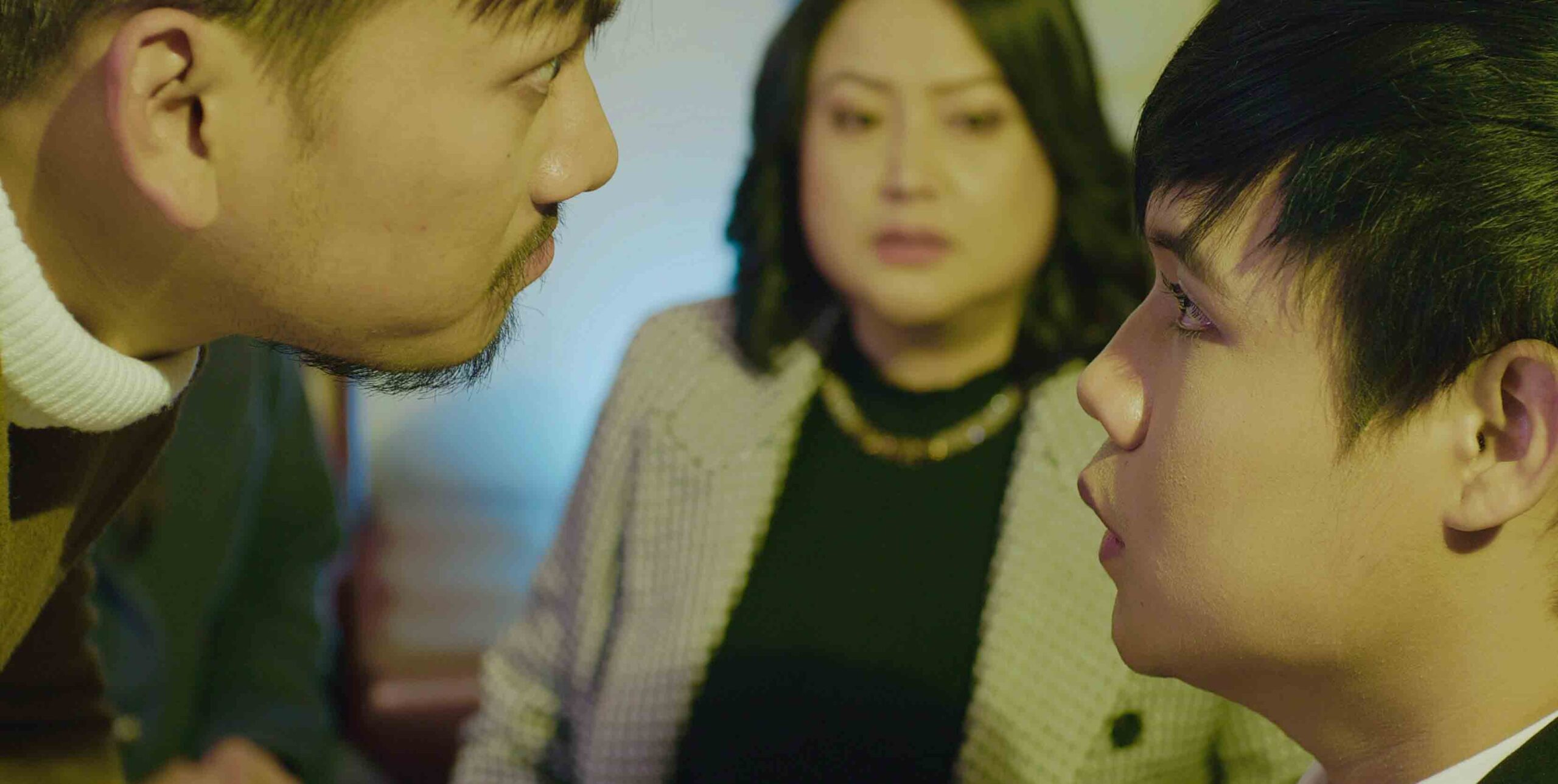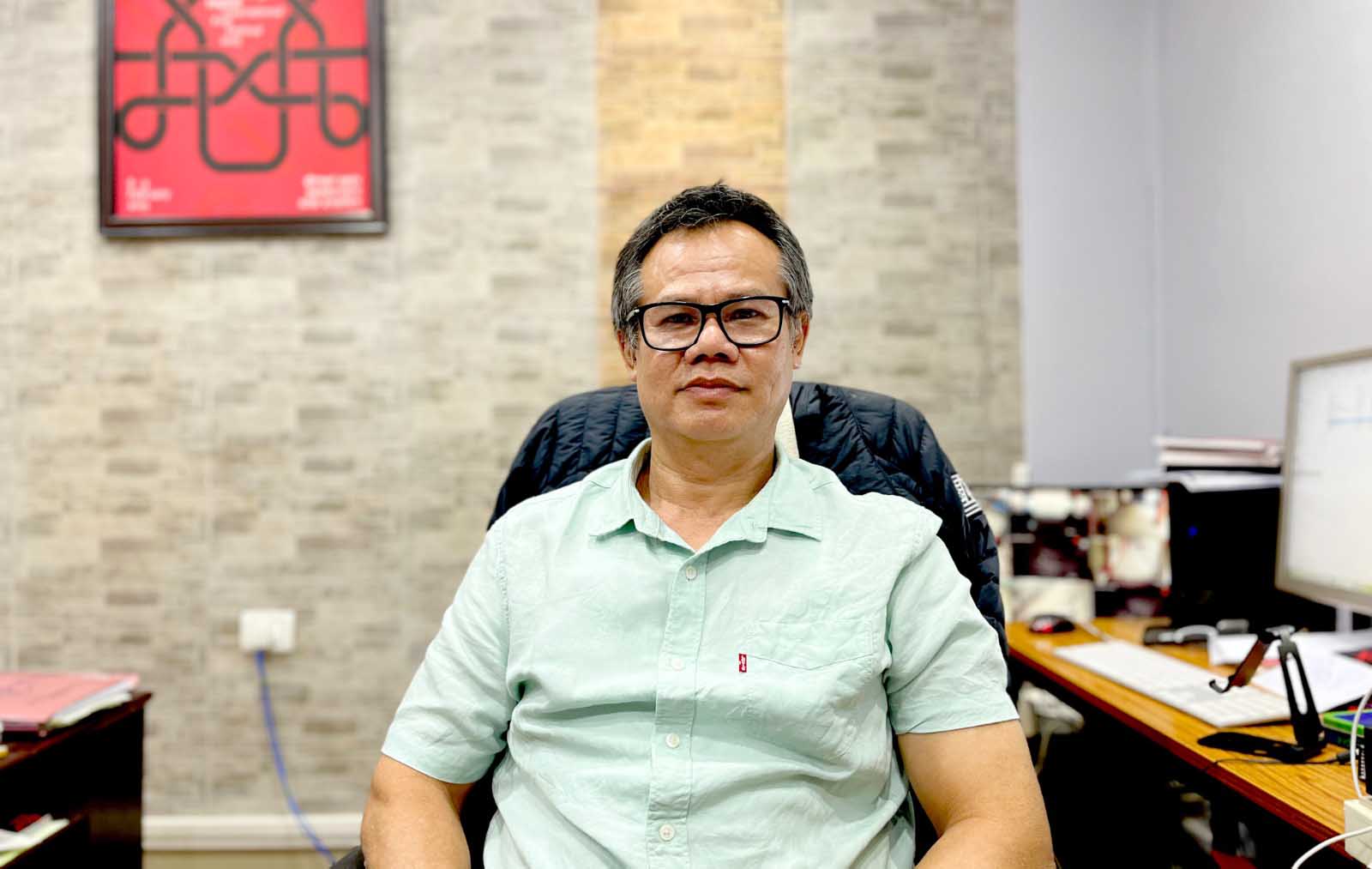Some words floating on some water: Walking Over Water
Does water understand your pain? Then why, then why
Why would you go towards water leaving the personal deep dive
Does water pound in your chest? Then why, then why
Would you want to leave this day and night heavy water-load ?
Transcreated from Jol by Shankha Ghosh
Art in general is such a personal experience that it lets you connect to the vulnerability and strengths of the artist and the landscapes and characters they create and want us to metaphorically inhabit.
There is a term called default setting in our devices. I believe dilemma is one such setting that turns on as the human mind navigates joy, sorrow, grief, anticipation, desire, uncertainty, despair and hope. Cinematic art is a bridge to build solidarities with the past by juxtaposing with it the present, and, collectively the present of the past and past of the present, steps forward to our futures.
Walking Over Water (from now onwards will be referred to as WOW) was a film that unfolded me during Cyclone Amphan that swept portions of Bengal, Orissa and Bangladesh wreaking havoc. Watching the film as the cyclone raged on gave me an interesting perspective (more of that later). In short, the film is about a family with a filmmaker father, son, wife living their lives without any rancour. Their fissures widen as the filmmaking is viewed as distortion of reality in the prism of individual spiritual wisdom. As the fissure widens, so does the cracks and crevices giving rise to a pair of wounded consciousness.
The son oscillates between the textures of truth and truth itself. This is exactly where WOW makes an important point between the voyages of the physical plane and the voices from the subconscious. There is a question of fidelity, claustrophobia of relationships and the recurrent motif: which water do you walk on? The water of Catholicity, the water of the Hooghly, water of liberation theology, water that cinema is sin, water that becomes a better part of consciousness.
Ozu- the child who is a raft floating between two islands called Father and Mother, maintains a status quo. He gets his Father’s passion for cinematic truth but also stays away from a debate with his mother that is there a cinematic truth at the first place. Joshy in a few deft touches fuses montage not as just as a filmmaking tool but to create memory, desire, dilemma and timescape and a visual syntax that shuffles between Kolkata, Kerala, Vatican, memories of Voyager to the living room of Mahasveta Devi. The film is narrated largely from Ozu’s point of view. His journey of thoughts about his father’s filmmaking.
What then is the journey? The journey is that of reconciliation. Each one to their own truths. Improbable characters (both psychologically and physiologically) play a role in this canvas. And it is important that they are improbable, because the director of the film is in no mood to have internal monologue sequences to give easy answer. So this work is a powerful combination of realism and fable, where reality sets the ball rolling and fable helps the canvas assume a new reality.
Does Ozu (central protagonist) belief in uselessness of cinema? Does he believe that cinema is a part of the larger framework of seeking the truth? Being steeped in religion-induced-belief-as perceived by his mother can Ozu sort out the paradox: What is moment of truth? Vis-à-vis What is the truth of the moment? Each one will have a different answer while watching the film.
The film relies on a series of images in telling us how the filmmaker keeps making the bridge, reaching out, yet hits into a wall of nonchalance, from his family. Yet bridges have to be built.
The narrative flow is non-linear and consciously allegorical and each conversation is about unravelling of the moment. It is in that unravelling, there are moments of over indulgence. A very nuanced narrative has way too much of Mahasveta Devi in an elongated sequence fraught with too much of silence.
Why? The idea of Mahasveta Devi articulating her writing is as much as an inner compulsion as for a filmmaker to make a film. A far shortened sequences where she becomes a metaphor, alter-ego and a reality check would have driven the point home than a stretched out bits of different sequences which says the same thing overbearingly. When we watch Mahasveta, we are watching a context, a rooted activist a voice for voiceless…using her as a context is different from using her as a lay person. So her utterance, could have been short, pithy and razor sharp in terms of the duration of the sequences. To a viewer, unaware of Mahasveta’s significance as a thinker (and to the ones who are aware this holds equally true), these bits would pan out too long, too often and a trifle over bearing.
It would be same for Vijayan Mash. Again the entry point of Vijayan Mash where he talks about rhythm is a strong enough metaphor and needs no further elucidation. So, his last public moments in Press Club, Thrissur is again an avoidable elongation of an idea stretched to its seams.
The film is a collection of evocative sequences: Sequences overlooking second Hooghly Bridge, fleeting appearance of Donald Trump, a Mahasveta Devi utterance about cinema is not sin, pages becoming flying scrolls, Vijayan Mash adjusting his clock segues seamlessly as a meta-text. Cinematography is crisp and flows into the shreds and shards of the narrative.
Editing diverse material as this is a tough and Sumit Ghosh does a fine job. The music treatment could have been stronger. Each fragmented narrative link could have been joined with soundscapes culled from the location. Music selectio is not music curation, the film in its effective use of meandering silences definitely had more scope for music.
Walking Over Water catches that network of veins. Grabs it. Conveys this to us successfully without a Mahasveta Devi or a Vijayan Mash (What worked me far more in term of metaphor is the blurry presence of Rev Alexander Duff . Duff’s take on Sepoy Mutiny, visits to Syria, Mozambique and the fame of a legendary preacher would make him the right man to understand Ozu’s latent question whether film is entertainment or a larger worldview? Where does Bible stand vis-à-vis filmmaking?)
The shots of the Hooghly Bridge where two ends are about to be joined and the riverscape in Naihati juxtaposes the real, surreal and temporal. The film indeed builds a bridge.
Overall, the film probes and looks at invisible wounds. The filmmaker’s scars are a little more apparent that of his wife are obvious too. The treatment punches hole in the idea of performativity , questions the texture of our belief and deftly uses the dilemmas of classification as a central peg of the narrative.
How does the film’s fragmented narrative flow conclude? Like The Golden Record (The Voyager message is carried by a phonograph record, a 12-inch gold-plated copper disk containing sounds and images selected to portray the diversity of life and culture on Earth), this film is an ode by the filmmaker to his wife that his cinematic images bears and bares his own journey of truth. Whether she is convinced or unconvinced maybe a subject of another film.
Oh yes ! the perspective about watching this during a cyclone reminded me of an intended metaphor (which I would have missed) that waters are never still in the film. They are raging inside the mind of the protagonists. Obhimani Jol. Water of angst. The Sea of Galilee becomes the water of raging, rambling, restless lives.











